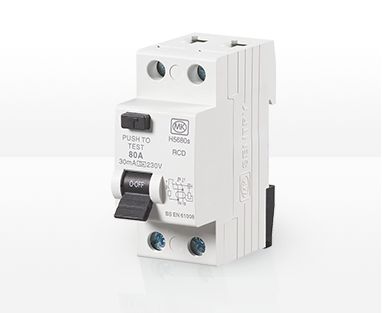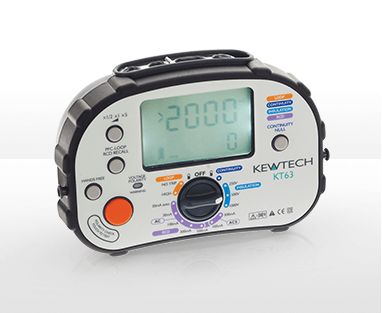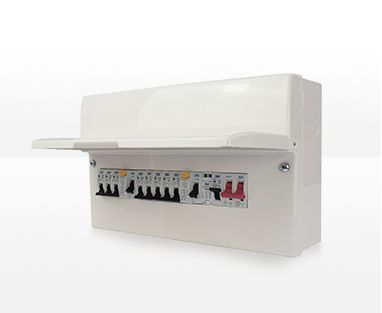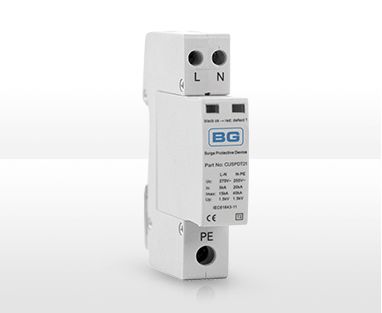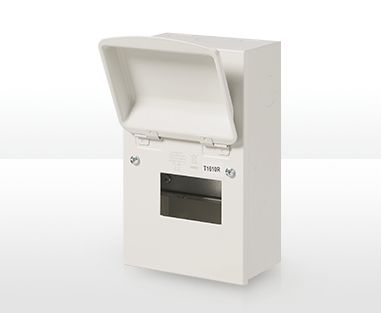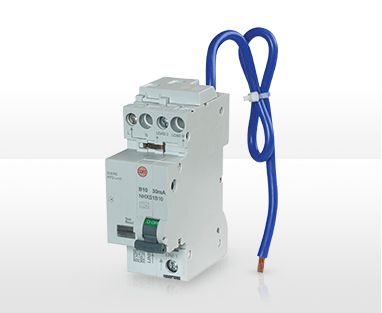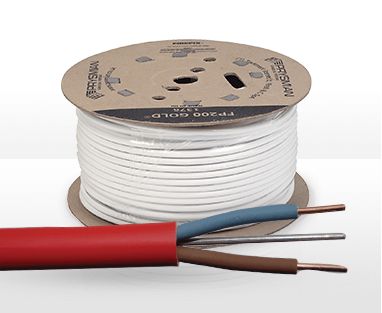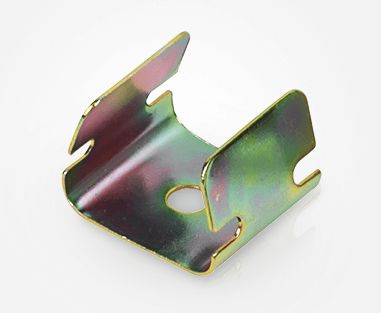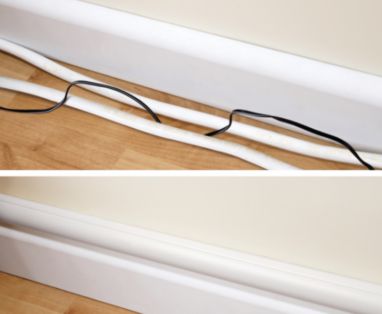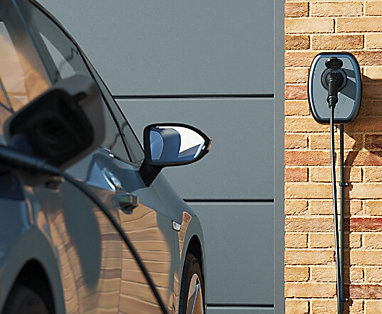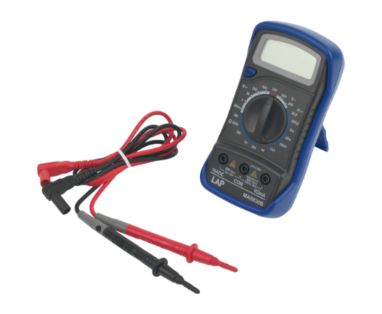18th Edition Wiring Regulations
18th Edition Wiring Regulations
What is the 18th Edition?
The 18th Edition Wiring Regulations are the latest update of the requirements for Electrical Installations. The first edition was published in 1882. The more formal name for this publication is BS 7671:2018+A2:2022, The Requirements for Electrical Installations, which was issued on 28th March 2022 and may be implemented immediately. The Regulations apply to the design, erection and verification of electrical installations, as well as any additions and/or alterations to existing installations.
RCD Protection
Regulation 531.3.3 notes that different types of RCD exist (AC, A, B and F). The amount of electronic equipment we now connect to our electrical systems can impose DC components and frequencies onto the circuits, which can reduce operational effectiveness of the RCD / Earth leakage device. The regulation states that only Type A RCDs may be used for general purposes and that Type ACs should only be used to serve fixed equipment, where it is known that the load contains no DC components. Regulation 531.3.2 looks at the recommendation to consider fitting individual RCBOs in residential applications. This is to minimise the effects of unwanted tripping that may potentially cause a hazard. The system would be more resilient, as each individual circuit will allow up to 30mA of earth leakage current, per circuit, leaving other circuits unaffected.
Transient Overvoltage Protection / Surge Protection Devices
Chapter 44, regulation 443.4.1 & 443.4.2 refers to the protection of electrical installations against transient overvoltage, in part due to the increasing prevalence of indirect lightning strikes but also relating to switching loads causing transients on a network. Protection against transients shall be provided whether consequence caused by the overvoltage could result in serious injury or loss of human life, failure of a safety service, as defined in Part 2, or a significant financial or data loss. For all other cases, protection against transient overvoltage shall be provided unless the owner of the installation declares it is not required due to any loss or damage being tolerable and they accept the risk of damage to equipment and any consequential loss. Surge protection devices (SPD) are designed to immediately drive any overvoltage to earth. Consumer units with pre-populated SPDs are available for new or replacement installations, whilst enclosure only units are ideal for retrofit.
Protection Against Thermal Effects
Regulation 421.1.7 has been redrafted. It now stipulates the requirement of where to install Arc Fault Detection Devices (AFDD) on final circuits that supply socket outlets with a rated current not exceeding 32A. The specified locations are Higher Risk Residential Buildings (HRRB), Houses in Multiple Occupation (HMO), purpose-built student accommodation and care homes. For all other premises, the use of AFDDs are recommended for single-phase AC final circuits supplying socket outlets not exceeding 32A. The use of AFDDs does not obviate the need to apply one or more measures provided in other clauses in this standard. Designed to operate when a dangerous arc is detected, AFDDs should be installed at the origin of the circuit.
Fire Cable and Fire Rated Cable Clips
Regulation 521.10.202, for wiring systems, states all cable support systems must be constructed from appropriate materials that will protect against premature collapse, typically caused by exposure to heat during a fire. In the event of a blaze, the installation of heat resistant support structures should prevent falling cables which could otherwise create hazards for anyone travelling through a building. This prohibits the use of non-metallic cable management as the sole means of cable support and requires fire rated elements to be incorporated. Not limited to trunking systems, this covers all cable and cable management in a building which means that even cable fixed on to the surface of a wall should be resistant to premature collapse.
Electric Vehicle Charging
As per BS7671:2018 Amendment 2:2022 regulation 722.411.4 a PME (TNCS) earthing facility shall not be used as the means of earthing your EV charge point should the charger or the vehicle on charge be outdoors. There are however several approved methods to still be compliant to the wiring regulations.
Option 1 – Fitting an EV Charger with PEN Fault Protection built in.
Option 2 – Fitting an EV charger without PEN Fault built in but installing a PEN Fault device upstream.
Option 1 & 2 - PEN Fault Protection means that should your property have an open-circuit fault on the Neutral supplying the property from the DNO (Distribution Network Operator) then the device will operate within 5 seconds thus eliminating the risk of electric shock caused by the fault current that will hold around the charge point casing and your electric vehicle.
Option 3 – Fitting an EV charger without PEN Fault built in but installing an earth rod as means of earth for the charge point only.
Option 3 is still a possible option because in the event of an open circuit fault the earth rod becomes the route of the fault current to trip the device. Caution is needed when installing earth rods as they must be driven into the ground, so awareness of any underground services in the area as well as certain vehicle manufactures needing a low reading from the Earth rod before the vehicle will accept a charge which in some areas of the country you may need to use 2 or 3 earth rods.
Prosumer Low Voltage Electrical Installations
There is a new chapter in the regulations, chapter 82, that refers to the prosumer's electrical installations. The term prosumer is defined as an entity or party which can be both a producer and a consumer of electrical energy. This new section gives requirements and recommendations for electrical installations that incorporate local production and/or storage of electrical energy. Such installations will be able to operate in direct feeding, reverse feeding or island modes.

